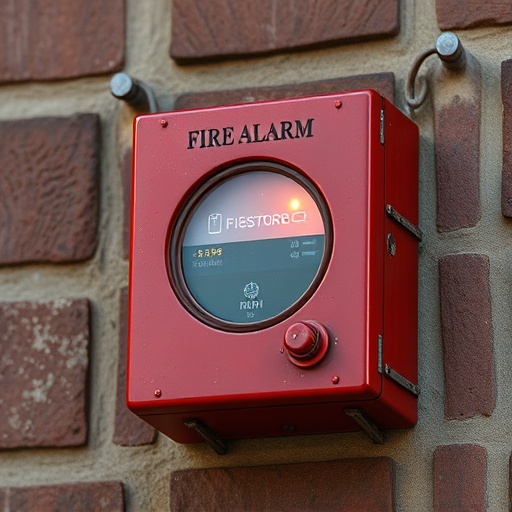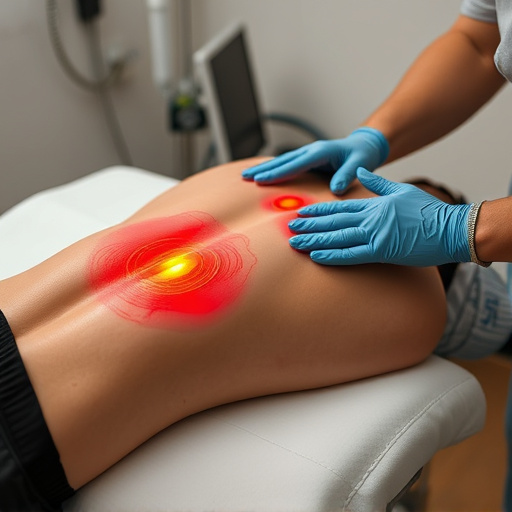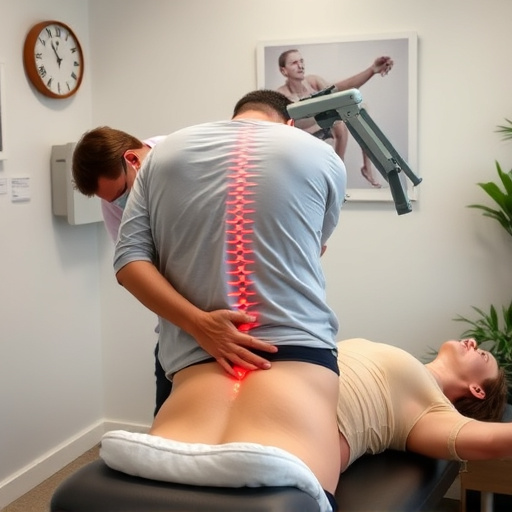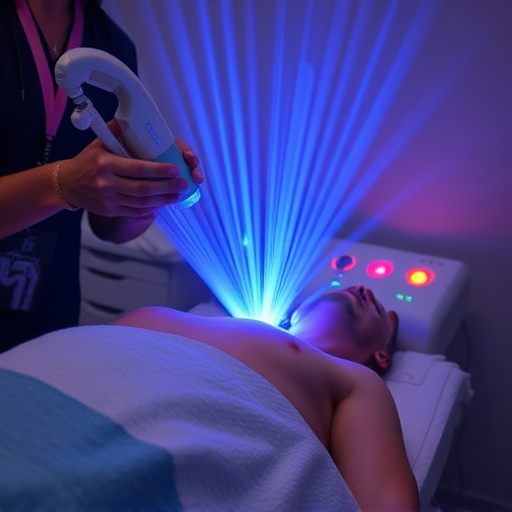Acoustic Wave Therapy (AWT) offers a non-invasive solution for plantar fasciitis and tendonitis, leveraging sound waves to stimulate healing, reduce inflammation, and improve mobility. Effective alternative to surgery or strong medication, AWT provides targeted tissue repair with minimal risks and downtime. Safe when administered by trained professionals.
“Discover a groundbreaking non-invasive treatment option for plantar fasciitis and tendonitis: Acoustic Wave Therapy. This innovative approach offers hope for those suffering from chronic foot pain. Our article delves into the understanding of these conditions, exploring the mechanics behind acoustic wave therapy and its numerous benefits. We break down the procedure, considerations, and why this treatment is revolutionizing sports medicine and rehabilitation. Learn how acoustic wave therapy could be your path to relief.”
- Understanding Plantar Fasciitis and Tendonitis
- Exploring Acoustic Wave Therapy: A Non-Invasive Approach
- Benefits, Procedures, and Consideration for Acoustic Wave Treatment
Understanding Plantar Fasciitis and Tendonitis

Plantar Fasciitis and Tendonitis are common foot conditions affecting millions worldwide. Plantar Fasciitis, specifically, refers to inflammation of the thick band of tissue that runs across the bottom of the foot, often causing a sharp pain in the heel. This condition is frequently associated with repetitive strain from activities like running or prolonged standing. On the other hand, Tendonitis involves inflammation of tendons, typically around the ankle and foot, leading to discomfort and mobility issues. These conditions can significantly impact an individual’s daily life, hindering their ability to engage in simple tasks or even walk comfortably.
Understanding these conditions is crucial for effective treatment. Acoustic Wave Therapy (AWT) has emerged as a promising non-invasive approach to address both Plantar Fasciitis and Tendonitis. AWT utilizes sound waves to stimulate tissue repair, promote healing, and reduce inflammation, offering an alternative solution for those seeking relief beyond traditional methods. By targeting specific areas of discomfort, this innovative therapy can contribute to auto accident recovery, wellness care, and mobility improvement for individuals dealing with these challenging foot conditions.
Exploring Acoustic Wave Therapy: A Non-Invasive Approach

Acoustic Wave Therapy (AWT) is a non-invasive approach that has gained attention for its potential in treating chronic pain conditions like plantar fasciitis and tendonitis. This innovative technique utilises sound waves to stimulate tissue repair and promote healing, offering an alternative to more traditional methods. Unlike some surgical or invasive procedures, AWT avoids the risks and downtime associated with those options.
For individuals seeking effective chronic pain management, AWT provides a personalized treatment plan that targets specific areas of discomfort. Often used as part of a comprehensive chiropractic care strategy, this method has shown promising results in reducing inflammation and pain while encouraging the body’s natural healing processes. Its non-invasive nature makes it an appealing choice for those looking to avoid medications or surgical interventions.
Benefits, Procedures, and Consideration for Acoustic Wave Treatment

Acoustic wave therapy offers a non-invasive and effective approach to managing plantar fasciitis and tendonitis, conditions often associated with chronic joint pain and discomfort. This innovative treatment utilizes focused sound waves to stimulate healing and repair damaged soft tissue. One of its key advantages is the ability to provide targeted relief without the need for extensive surgery or strong medications, making it an attractive option for those seeking alternative solutions for persistent spinal adjustment needs due to these conditions.
The procedure involves applying a small device that emits acoustic waves directly onto the affected areas. These waves penetrate deep into the tissues, promoting tissue regeneration and reducing inflammation. This process can be particularly beneficial for individuals experiencing stubborn plantar fasciitis or tendonitis that has not responded well to traditional treatments. While it is generally considered safe, there are considerations to keep in mind; potential side effects may include temporary mild discomfort or bruising at the treatment site. However, with proper application by trained professionals, acoustic wave therapy can offer significant joint pain relief and significantly improve mobility for patients dealing with these challenging conditions.
Acoustic wave therapy emerges as a promising non-invasive treatment option for plantar fasciitis and tendonitis, offering relief without the risks associated with surgery. By utilizing focused sound waves, this innovative approach can effectively reduce inflammation, promote tissue repair, and alleviate pain. While more research is needed to fully understand its long-term benefits, initial studies show great potential in managing these common yet debilitating conditions. Acoustic wave therapy represents a game-changer in sports medicine, providing patients with a safe and effective alternative for achieving sustainable relief.














